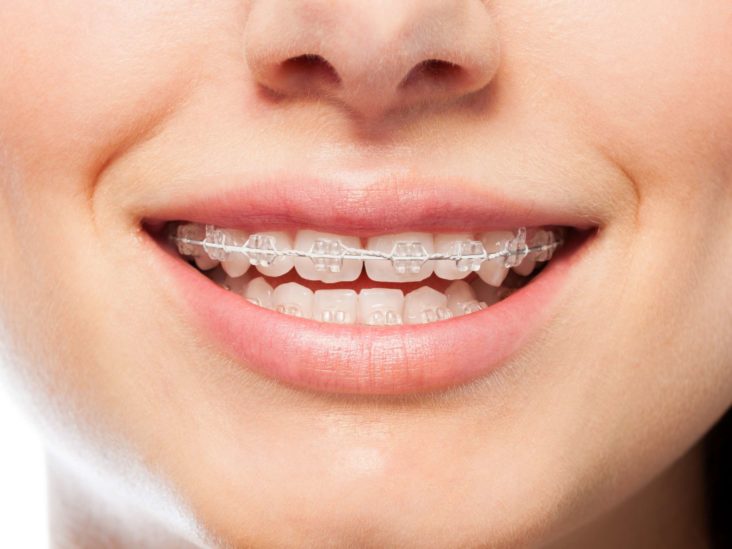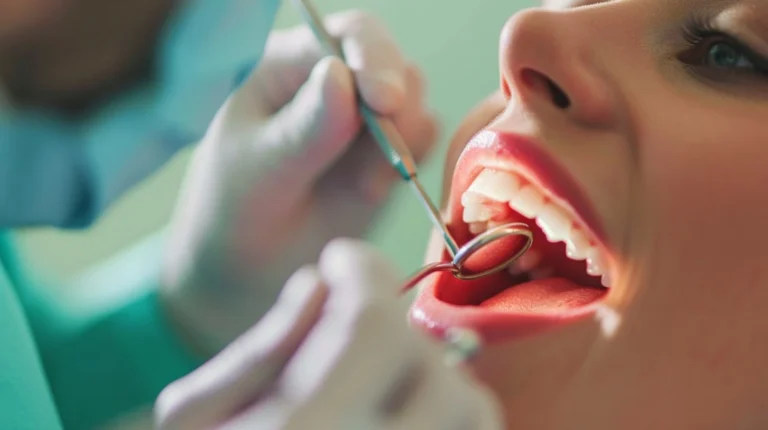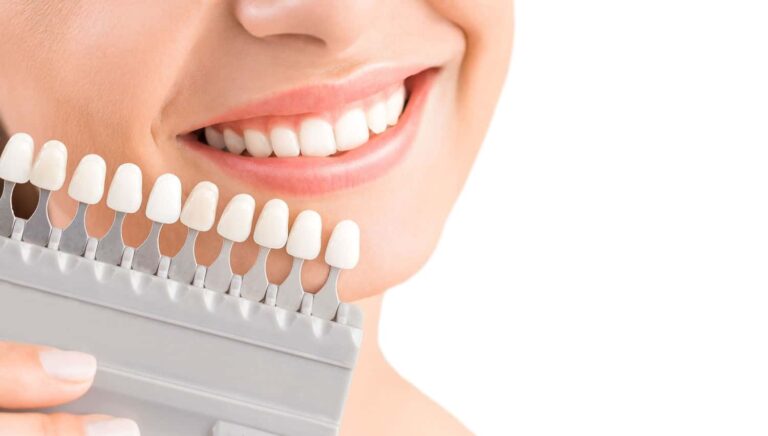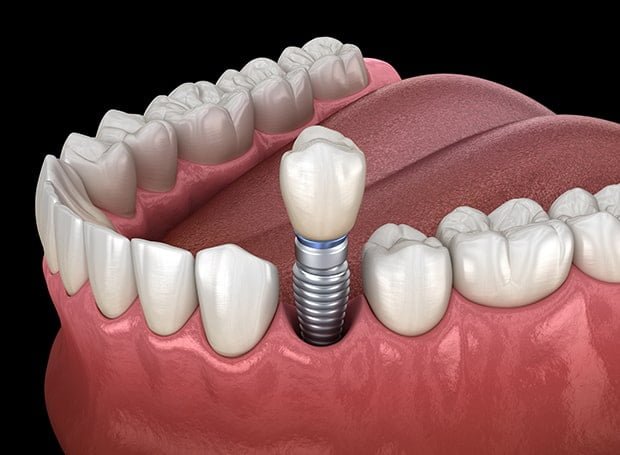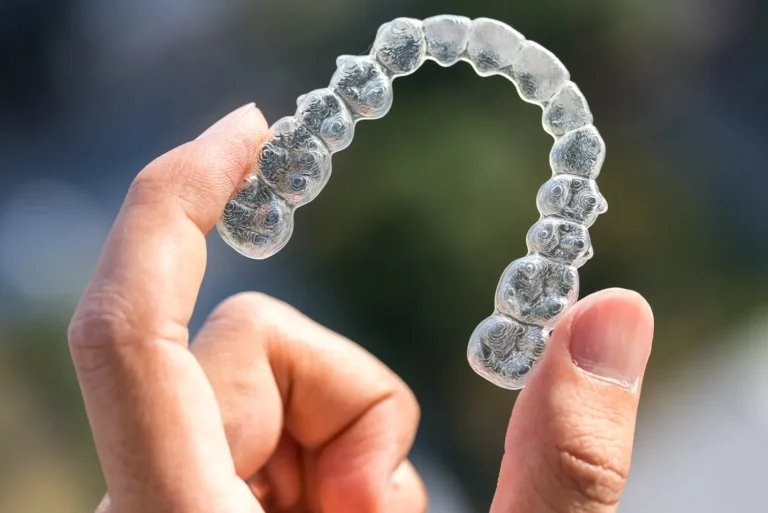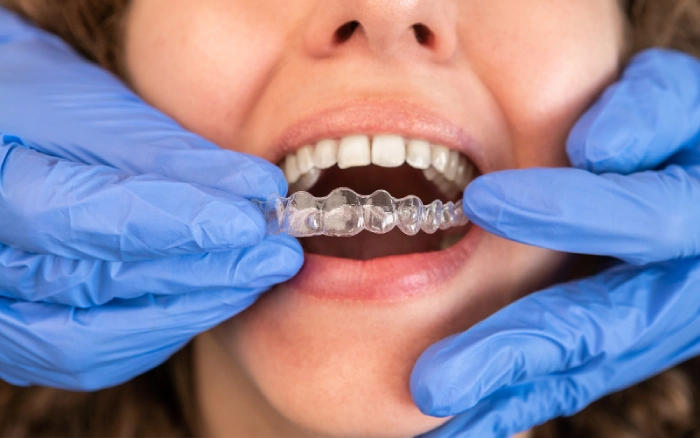The Different Types of Braces for Every Smile
Braces are no longer a one-size-fits-all solution. Advances in orthodontics now offer a range of options tailored to meet diverse needs, preferences, and lifestyles. From traditional metal brackets to nearly invisible aligners, each brace type offers distinct benefits for correcting alignment and promoting oral health. Here are some of the types of braces available today:
Traditional Metal Braces
A traditional metal brace consists of high-grade stainless steel brackets that are attached to the front of each tooth. A thin archwire runs through these brackets, and small elastic bands, called ligatures, hold the wire in place. The orthodontist periodically adjusts the archwire to apply gentle, continuous pressure, which gradually moves the teeth into their correct positions.
This type of brace is known for its durability and effectiveness in treating a wide range of complex orthodontic issues. Metal braces are often the most used option, and modern designs are compact and more comfortable than their predecessors. Patients can choose different colored elastic bands, which allows for some personalization during treatment.
Ceramic Braces
A ceramic brace functions in the same way as traditional metal braces, but it offers a discreet appearance. The brackets are made from a clear or tooth-colored ceramic material that blends in with the natural color of the teeth. This makes them less noticeable than metal braces. While they are less visible, ceramic braces are also slightly less durable than their metal counterparts and may be more prone to staining if not properly cared for. For individuals concerned about the appearance of metal in their mouth, a ceramic brace offers an alternative for straightening their teeth.
Lingual Braces
A lingual brace is another aesthetically pleasing option because they are completely hidden from view. These braces are identical to traditional metal braces, but they are attached to the lingual side of the teeth or the back of the teeth. This placement makes them virtually invisible to others when you smile or talk.
Each bracket is custom-made to fit the unique shape of each tooth, making them a highly specialized treatment. The placement of a lingual brace can initially affect speech and may cause some irritation to the tongue. Patients often adapt quickly to their presence. They are also a helpful choice for those seeking the effectiveness of traditional braces without the visible appearance.
Clear Aligners
Clear aligners, such as Invisalign®, are a popular alternative to fixed braces. This system uses a series of custom-made, clear plastic trays that fit snugly over the teeth. Each aligner is worn for about one to two weeks before being replaced by the next one in the series. The aligners gradually shift the teeth into their desired alignment. A key benefit of clear aligners is that they are removable, which allows for easier eating, brushing, and flossing. They are also nearly invisible, making them a discreet choice.
Schedule Your Braces Consultation Today
Choosing the right type of braces is a decision that depends on your specific orthodontic needs and lifestyle preferences. From traditional metal braces to clear aligners, there are multiple paths to achieving a straight smile. Each option offers a distinct set of benefits that caters to different individuals and needs. To explore which brace type is best for you, schedule a consultation with an orthodontic specialist near you today.

